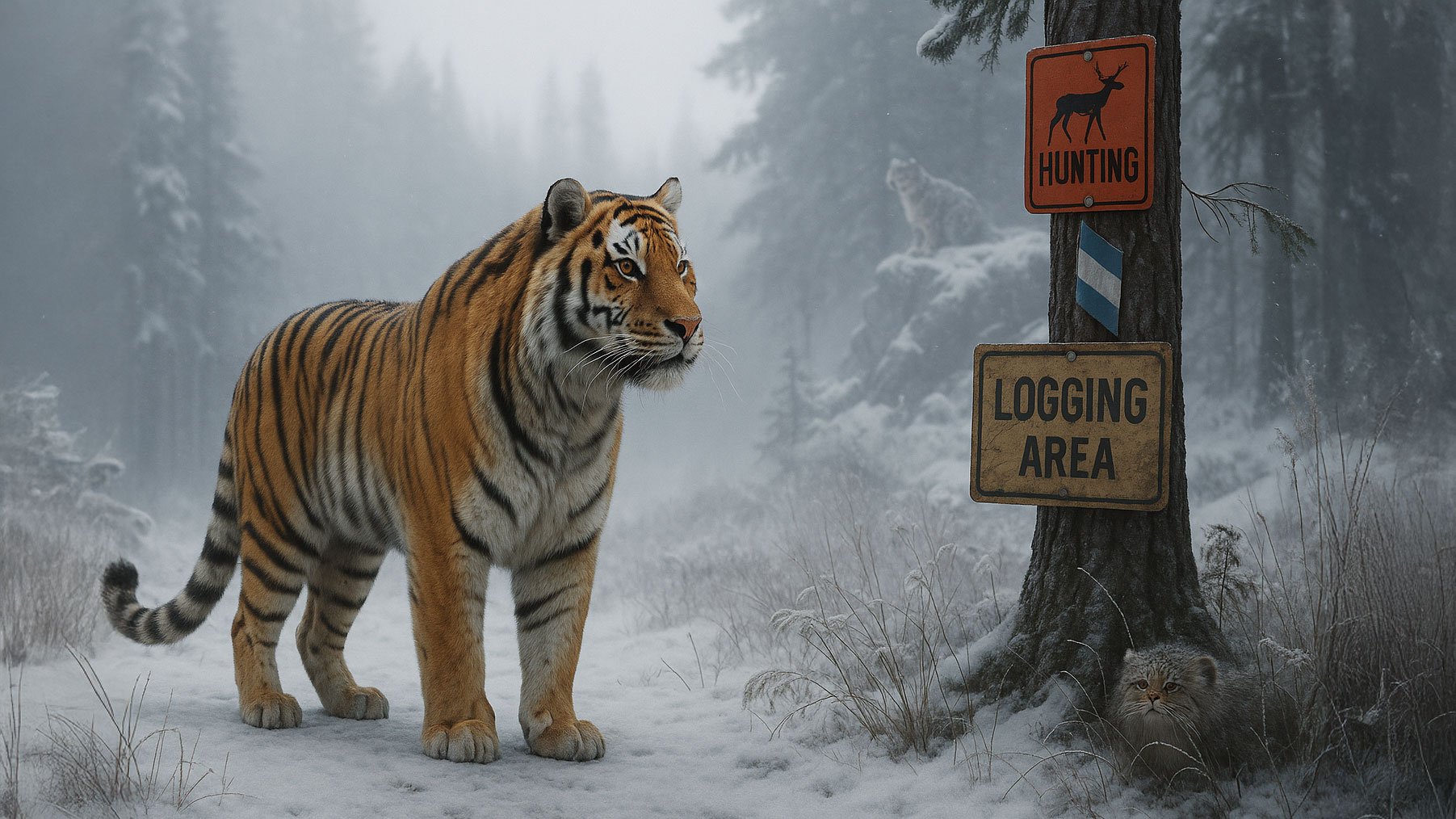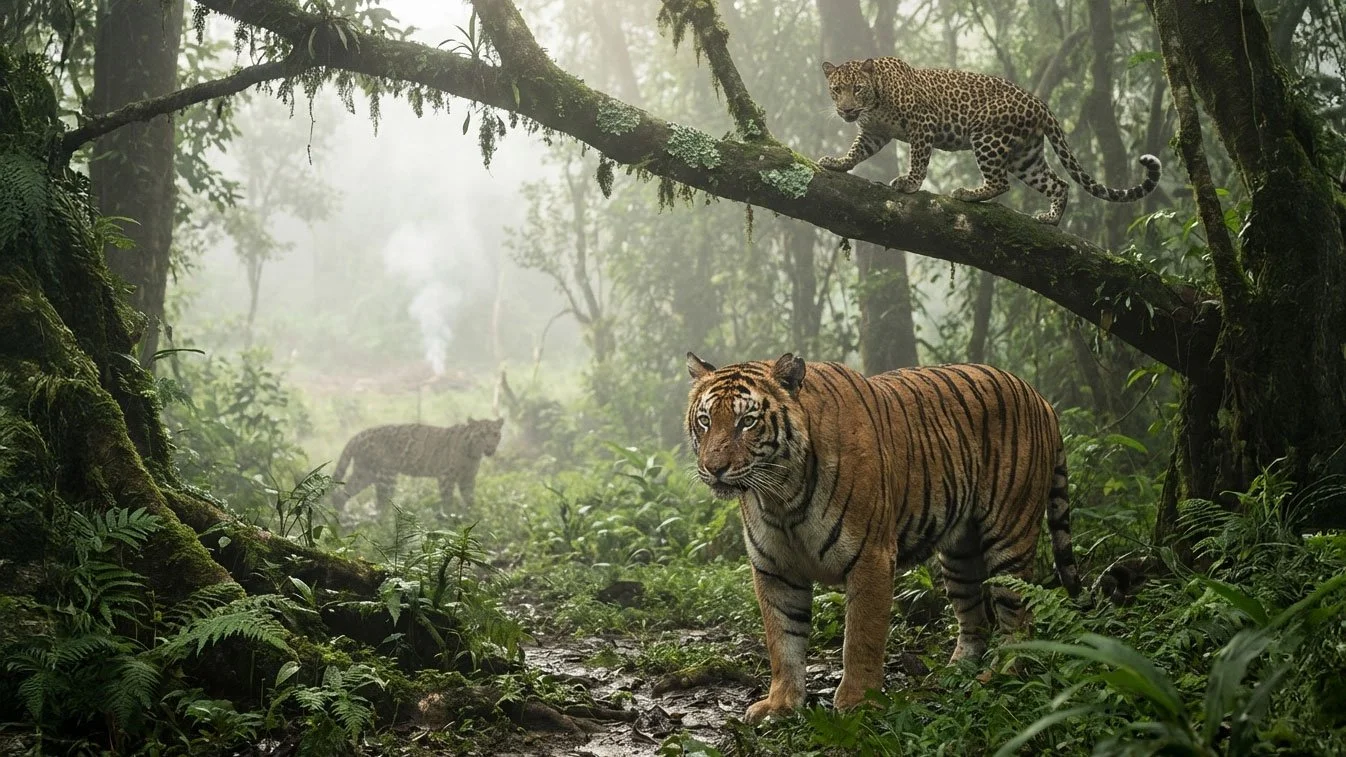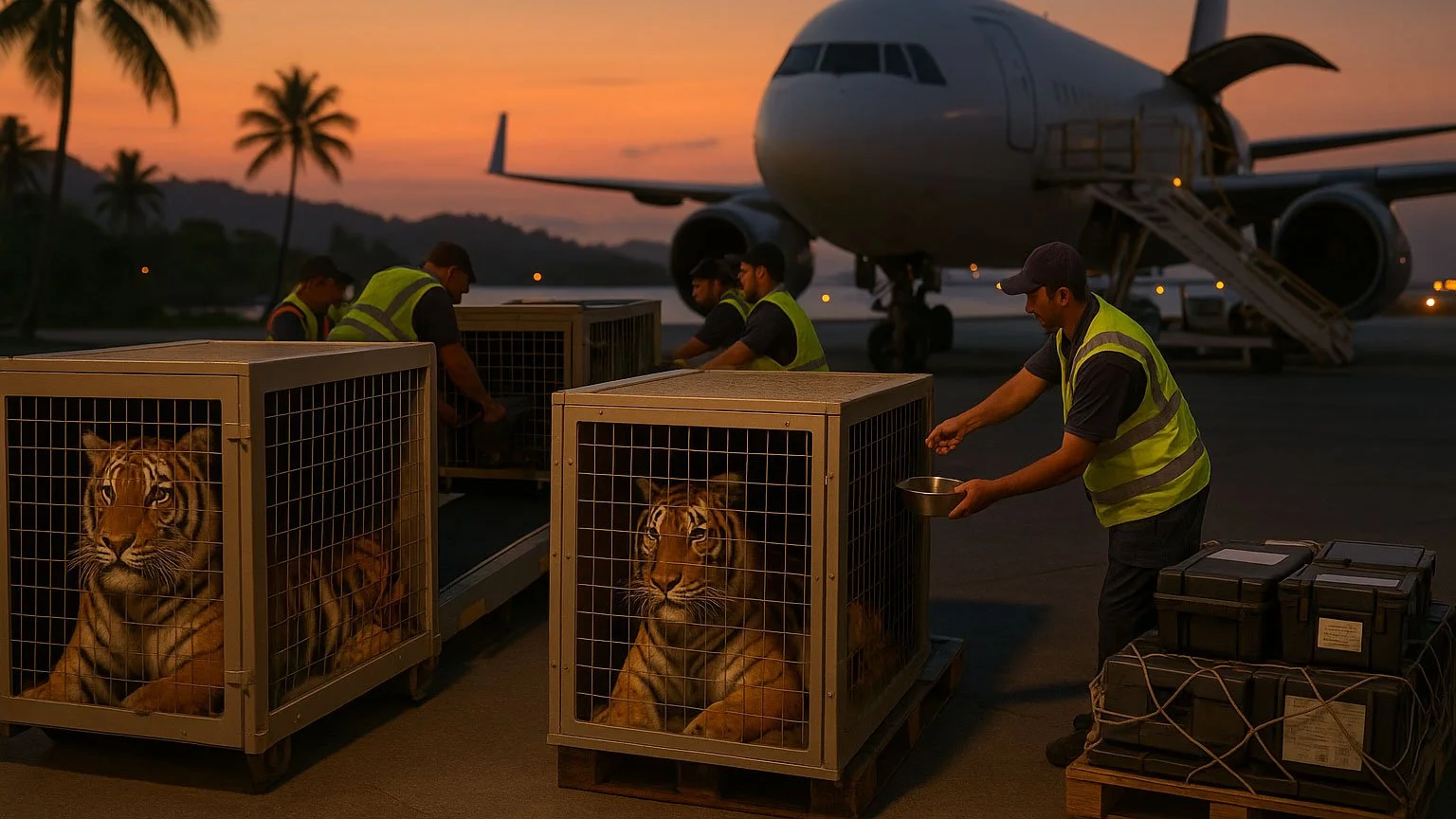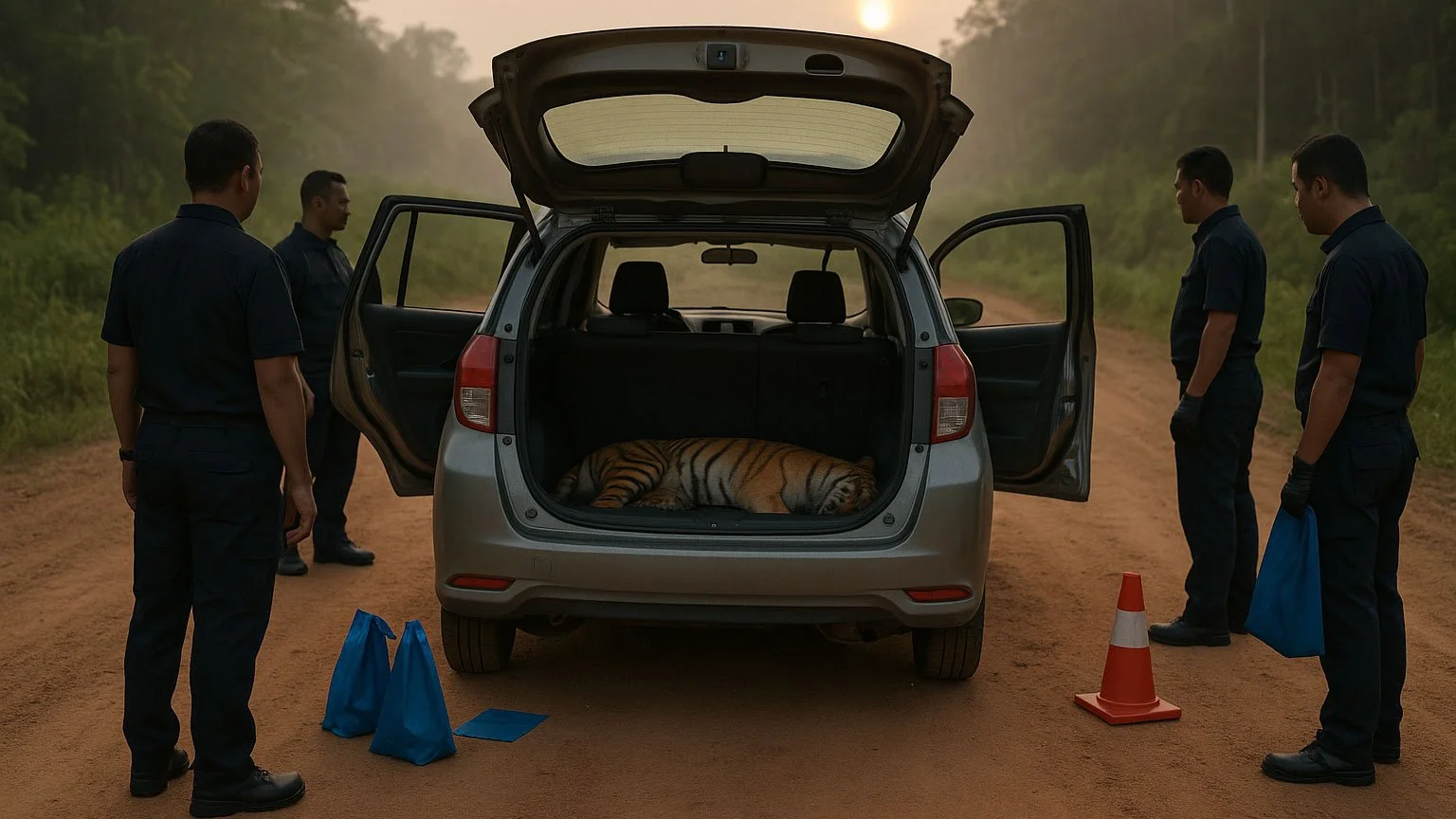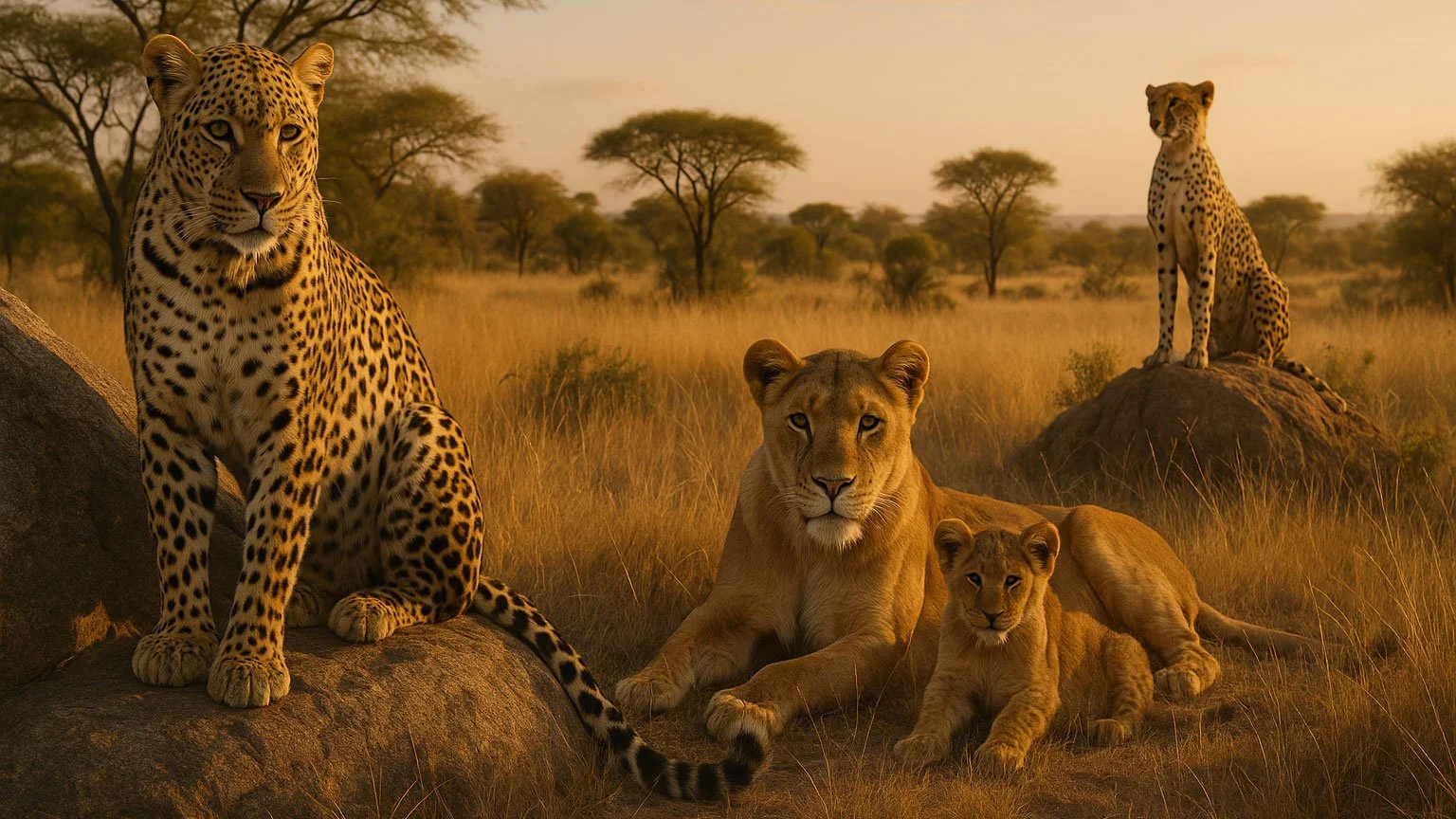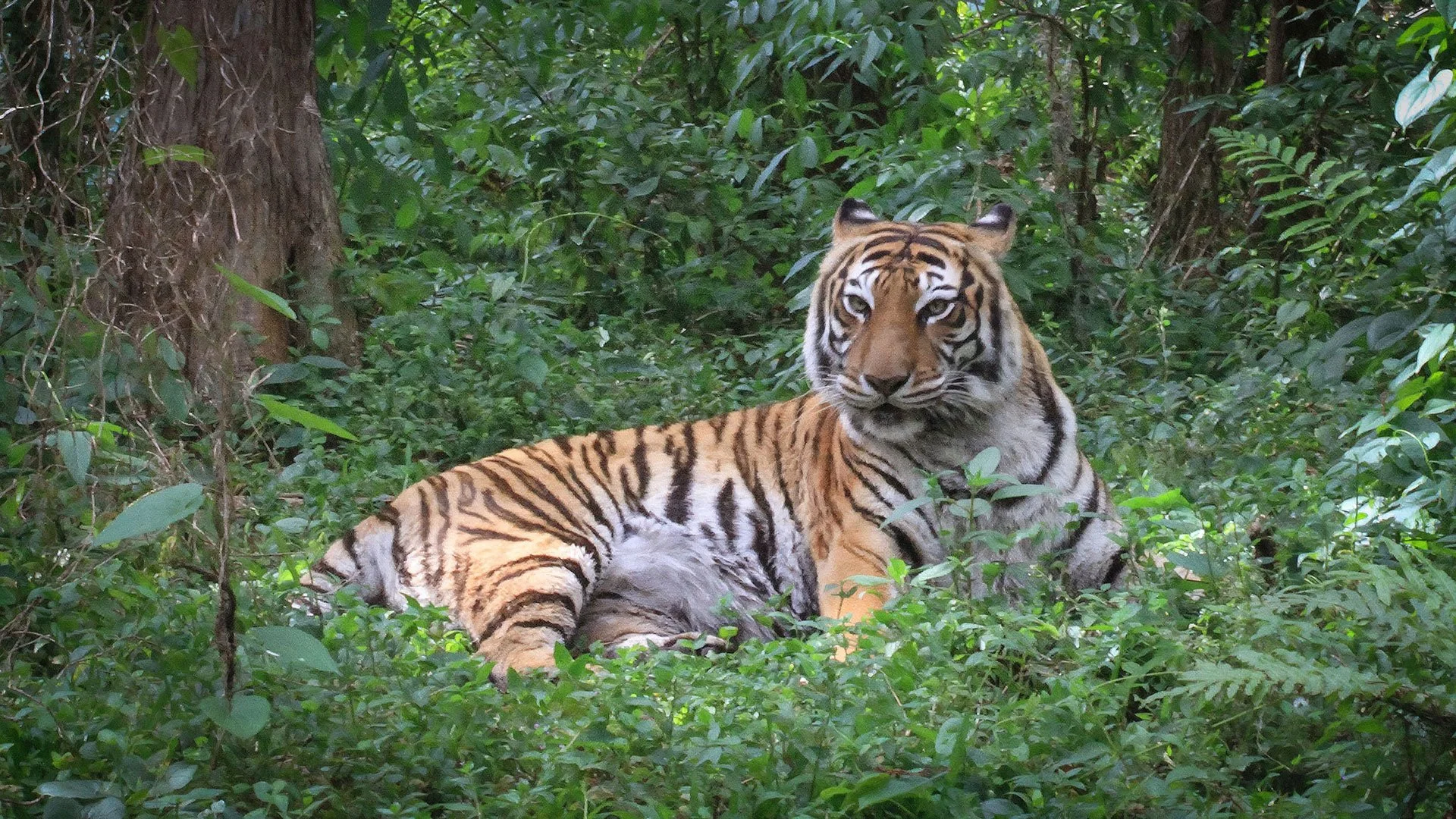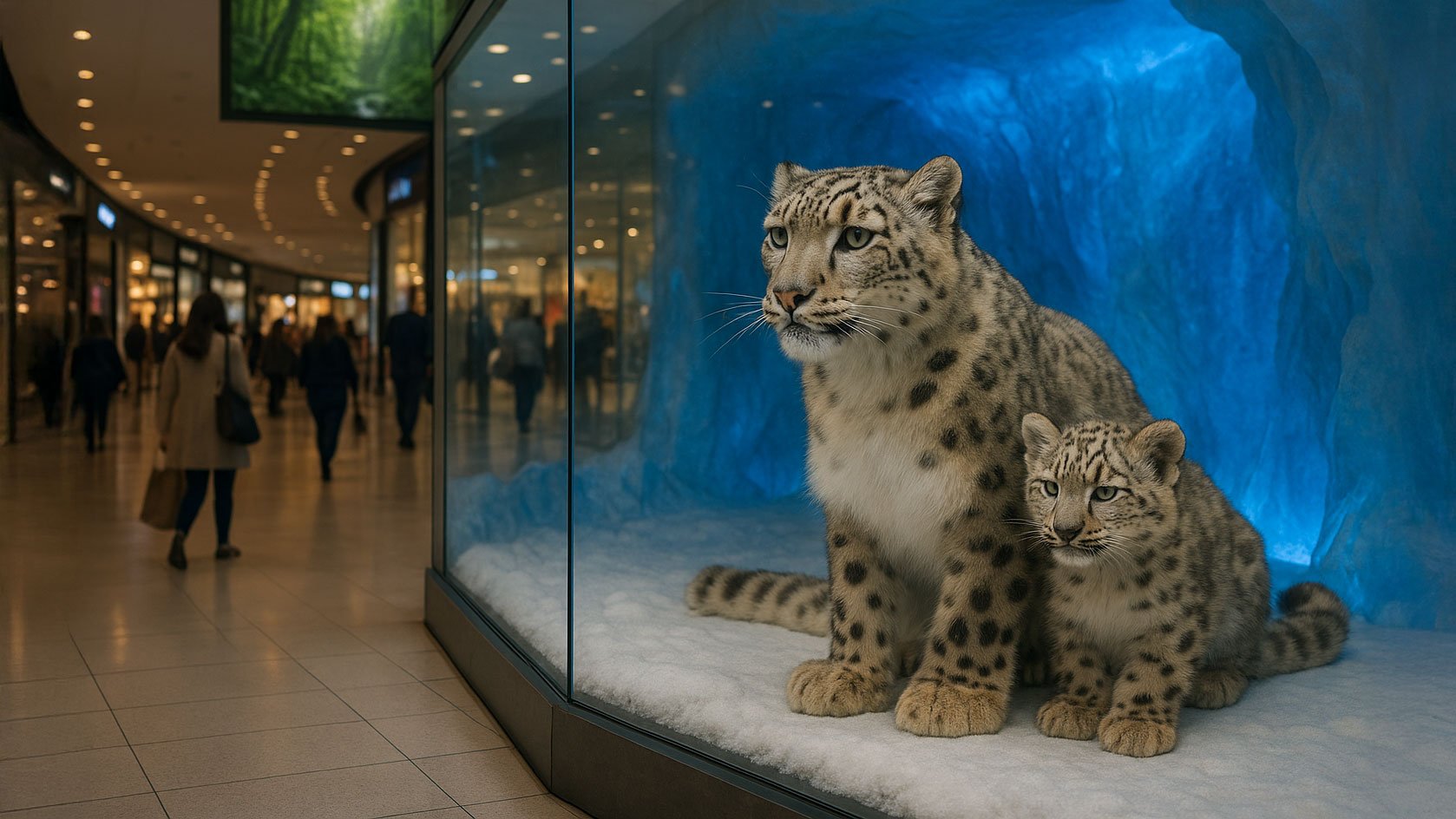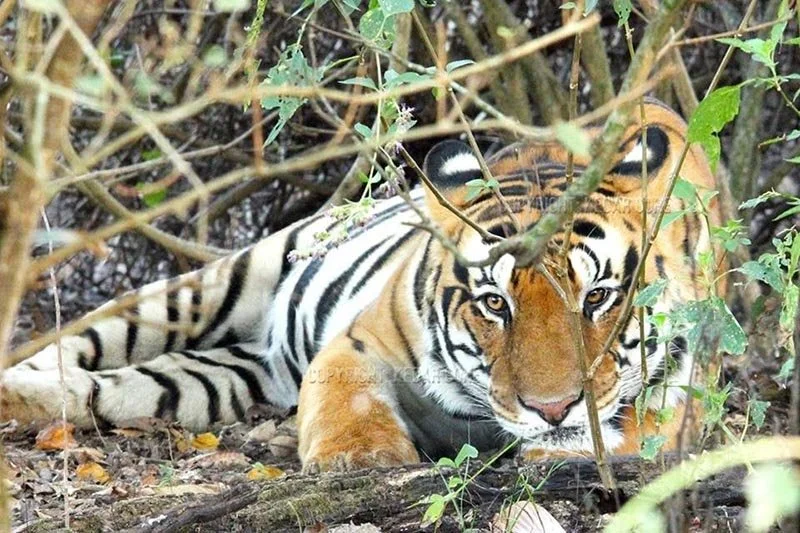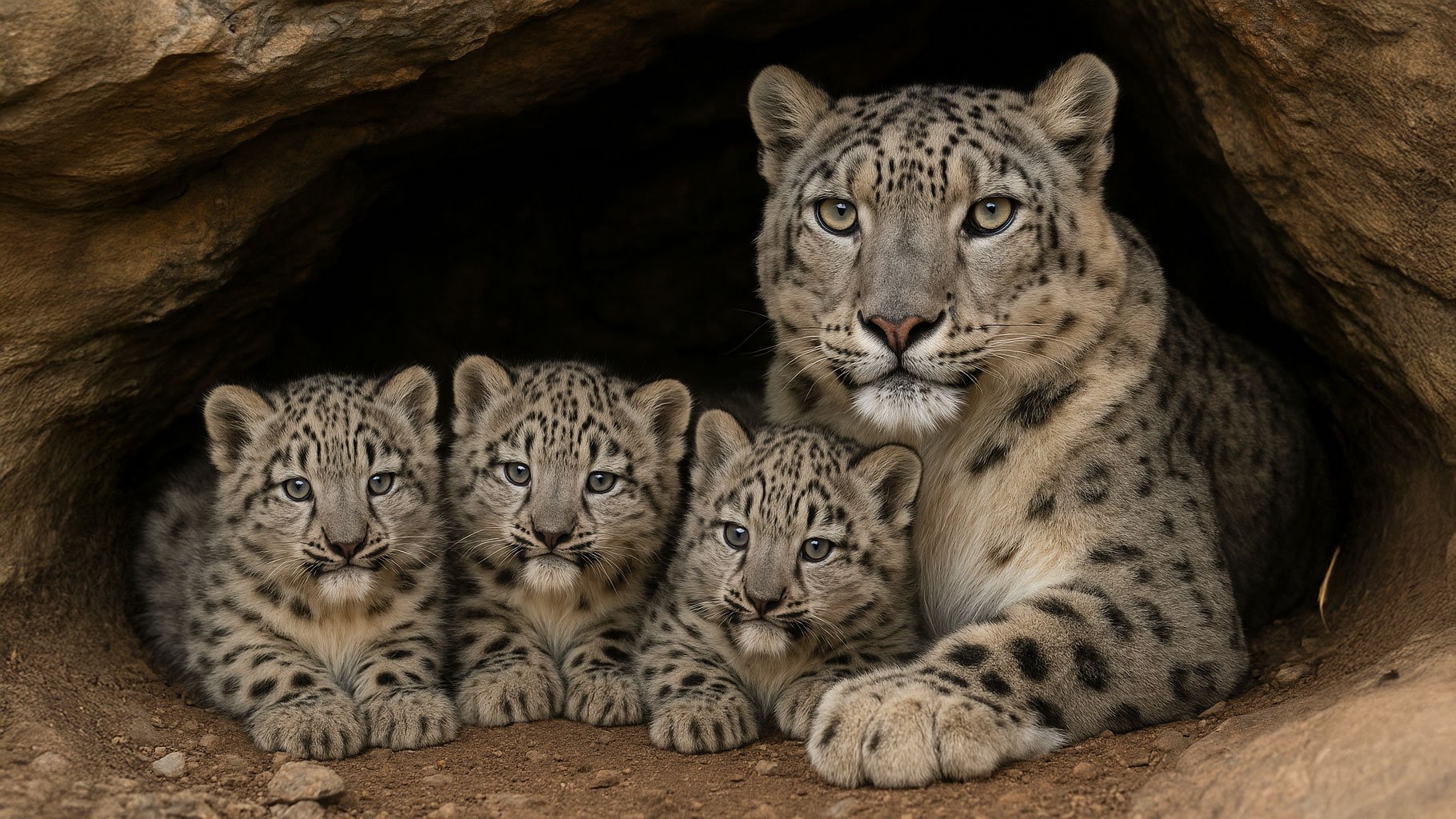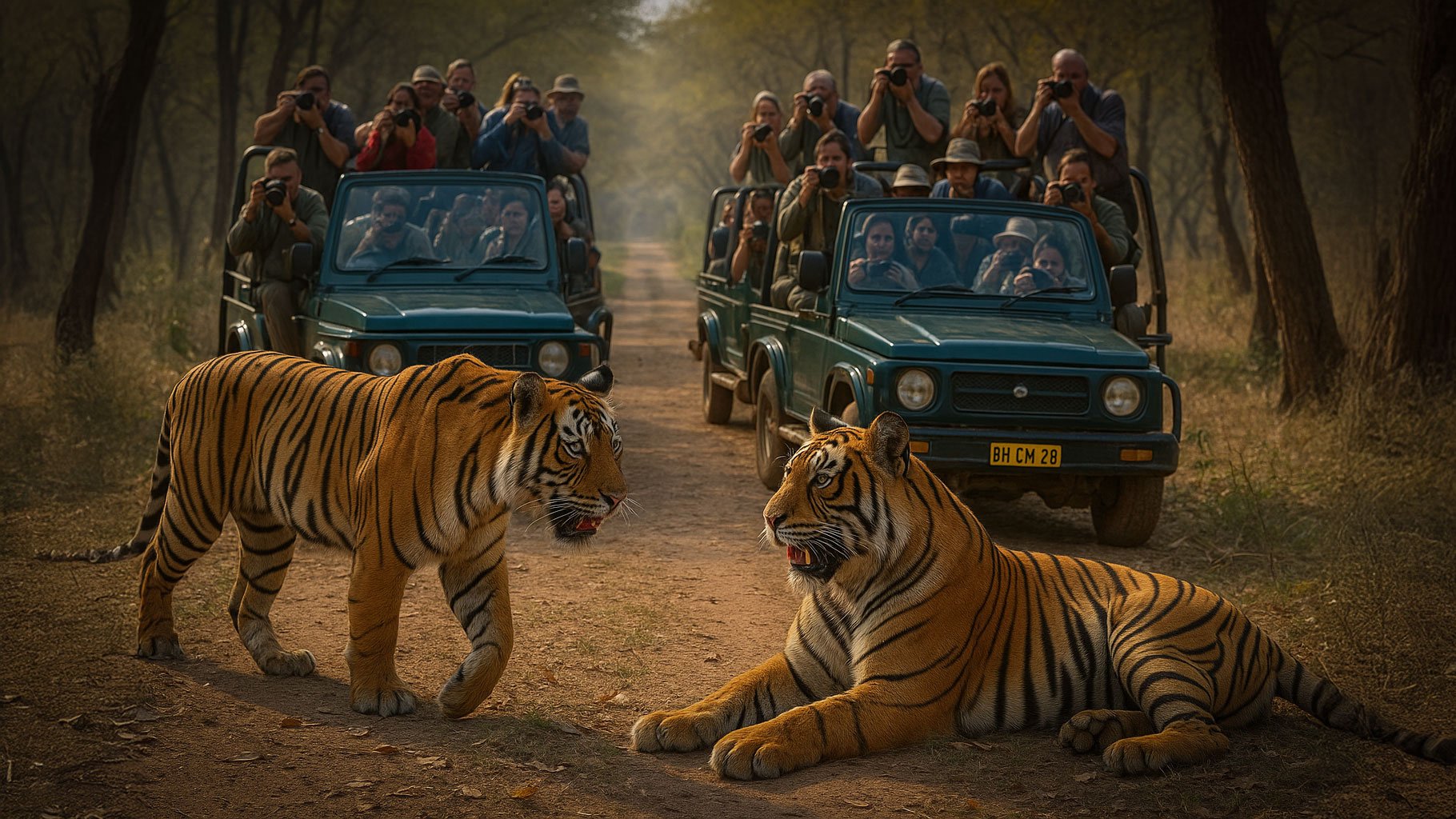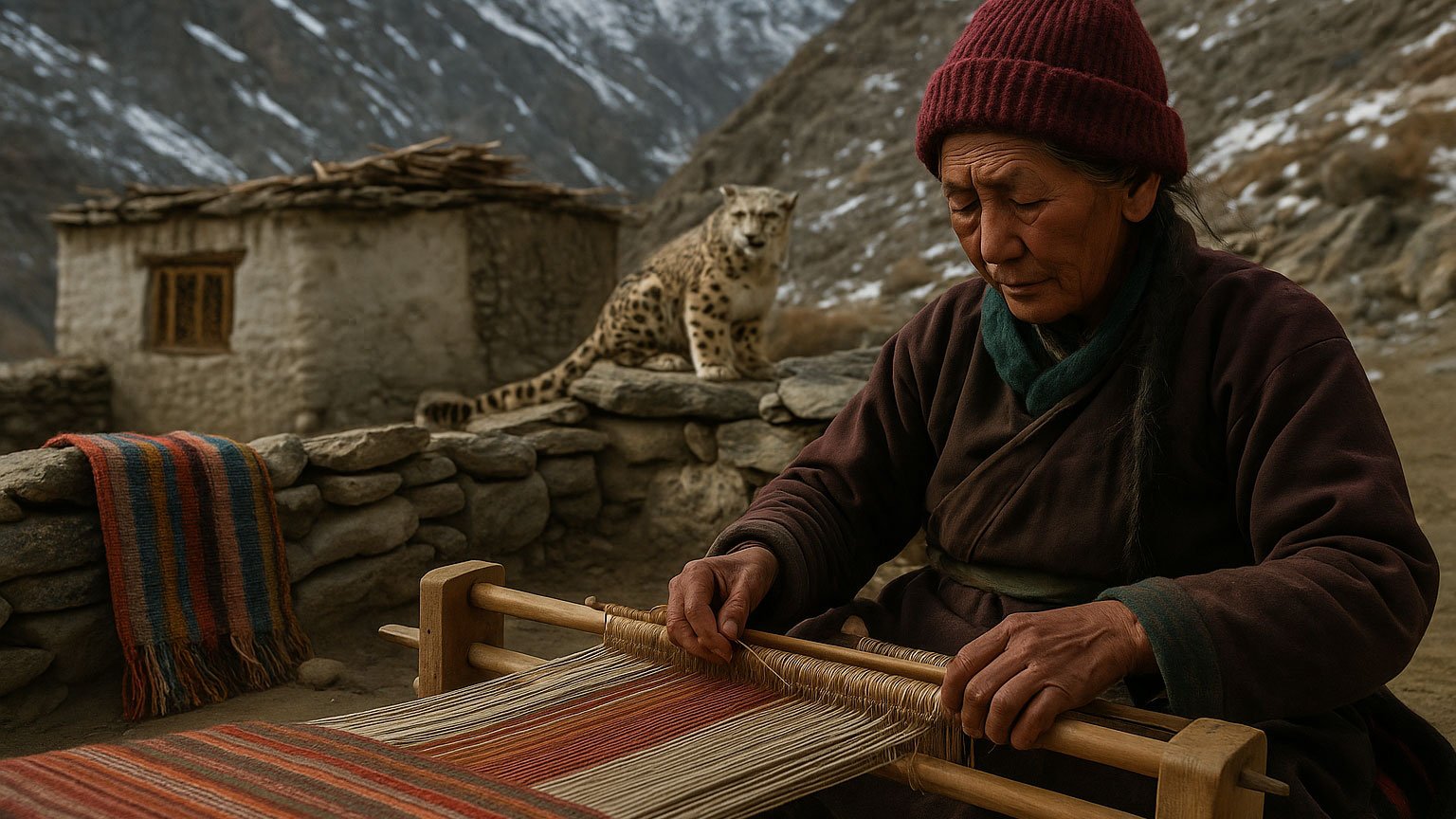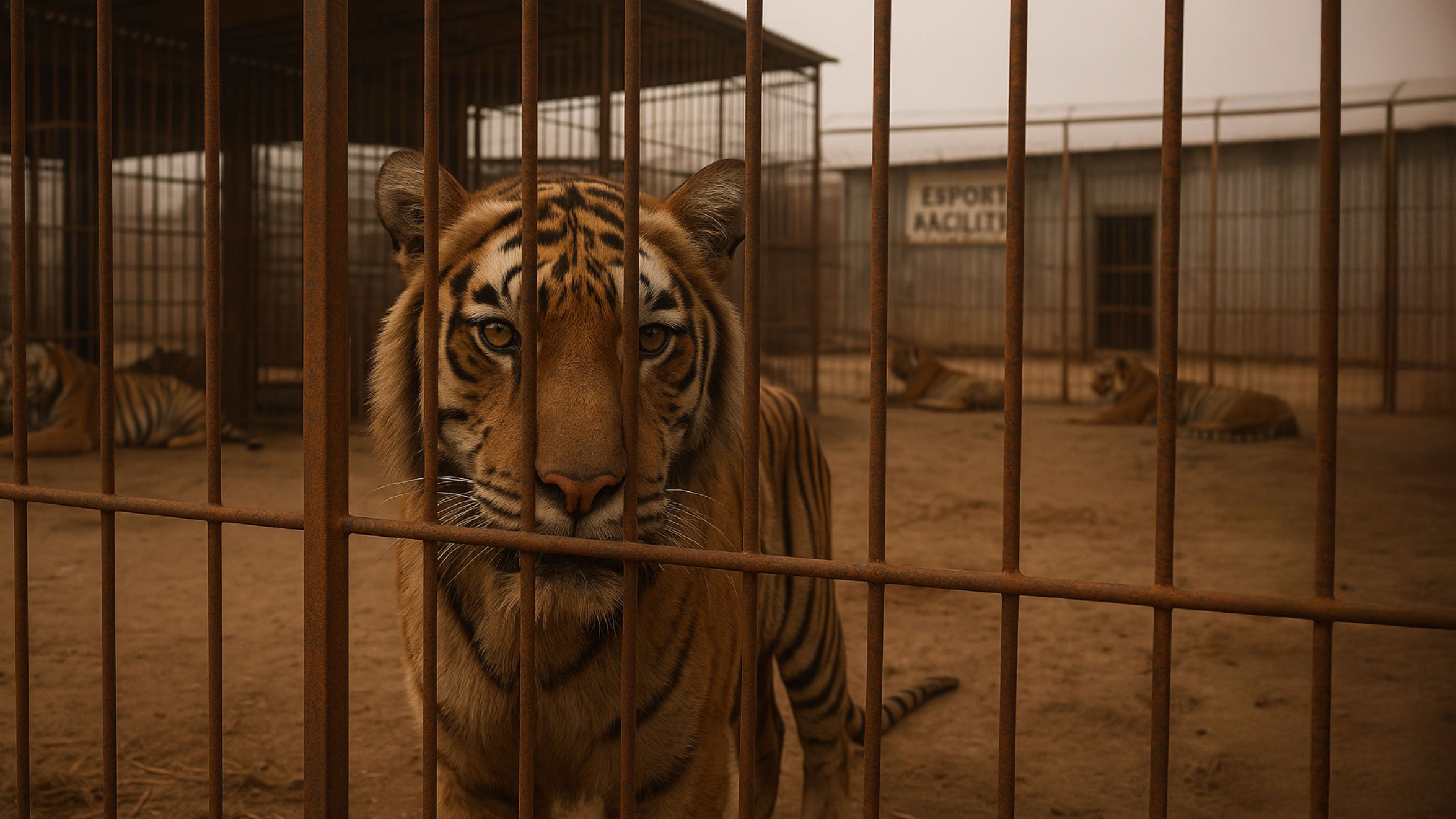Russia’s Silent Strike on Wildlife: What the Red Data Book Crisis Means for Siberian Tigers, Snow Leopards, and Other Wild Cats
In the icy, windswept taiga of the Russian Far East, the last of the Siberian tigers pad quietly through ancient forests, leaving behind pawprints as rare and precious as relics. In the towering peaks of the Altai and Sayan Mountains, snow leopards stalk unseen across the crags, ghosts of the highlands. Russia, with its vast wilderness, shelters some of the world’s most endangered and majestic wild cats. But now, a deeply troubling shift in policy threatens not just the animals—but the very laws designed to protect them.
At the heart of this issue is Russia’s Red Data Book—a critical legal document akin to an endangered species list. Traditionally maintained by ecologists and conservation scientists, this list determines which species are afforded state protection. But in a dramatic and alarming move, control of regional Red Data Books has been handed over to Russia’s hunting departments—agencies with a mandate to manage game species for sport and revenue, not for conservation.
The Fox Guarding the Henhouse
Imagine putting poachers in charge of park security. That’s the chilling effect of this policy change.
Where scientists and conservationists once had a say in determining which species deserved critical protections, that power now rests with entities that stand to profit from reducing those protections. The very departments responsible for issuing hunting permits now control which animals are “protected”—a dangerous conflict of interest with deadly implications.
This move is already having visible consequences. As reported by The Cool Down, regions like Sverdlovsk and Novosibirsk have slashed dozens of species—including rare birds and mammals—from their protected lists. And what’s worse, many of these delistings appear to be done without any scientific review or justification.
What’s at Stake for Wild Cats?
Siberian Tigers, also known as Amur tigers, are already teetering on the edge. Fewer than 600 remain in the wild, and all of them are confined to the Russian Far East. These magnificent cats were once nearly extinct due to poaching and habitat loss. Hard-won conservation victories—including Russia’s strict protections under the Red Data Book—helped bring them back from the brink. But this new shift puts them in jeopardy once again.
While tigers remain on the federal Red Data Book for now, regional protection is equally critical. A single bureaucratic change at the regional level could open up areas to development, logging, or even legal loopholes in anti-poaching enforcement. And if hunting departments start eyeing tiger habitats for “game management,” the lines between protected species and trophy targets may blur dangerously.
For snow leopards, which roam the rugged southern Siberian mountains, the situation is even more precarious. Already elusive and difficult to monitor, snow leopards suffer from habitat fragmentation, livestock conflicts, and illegal hunting. Their habitats often overlap with those of ibex and argali sheep—trophy species that hunters prize. As hunting departments gain power, the temptation to reduce protections to expand trophy hunting territory grows stronger.
Even lesser-known wild cats like the Pallas’s cat (manul), lynx, and leopard cats are at risk. Without scientific oversight, these secretive felines could quietly disappear from protection lists—lost not to ecological extinction, but to administrative erasure.
The Ripple Effect
The Russian wilderness is an interconnected web. When you remove protections for wild cats, you destabilize entire ecosystems. Apex predators like tigers and leopards regulate prey populations, maintain forest health, and keep biodiversity in balance. Their loss echoes far beyond their pawprints.
Moreover, Russia is home to over 100 wildlife reserves and national parks that rely on federal and regional Red Data Books to determine conservation priorities. If hunting departments can alter these lists to serve profit-driven goals, the entire legal foundation of Russian wildlife protection crumbles.
Why This Should Matter to the World
Russia holds the largest population of wild tigers outside of India and is one of only a dozen countries where snow leopards still roam free. What happens within its borders affects global conservation outcomes. International funding, collaboration, and research have long been part of Russia’s conservation success. This sudden sidelining of science threatens decades of progress.
As geopolitical tensions isolate Russia from the West, the loss of conservation oversight becomes even more dangerous. Without international accountability or support, the fate of its wild cats may go unnoticed—until it’s too late.
What We Can Do
It’s easy to feel helpless in the face of such sweeping, top-down decisions. But this is exactly the moment when voices matter most.
Raise awareness. Share this story. The more people know about the threat to Russia’s wild cats, the harder it becomes for these policy shifts to happen in silence.
Support science-based conservation. Organizations like Big Cat Rescue are helping fund global research and in-situ conservation efforts, empowering scientists to keep fighting for wildlife protections, even in difficult political climates.
Encourage governments and NGOs to engage diplomatically and economically, linking trade and tourism partnerships to environmental protections.
Be a responsible global citizen. Don’t support tourism, hunting, or trade practices that exploit wildlife—whether in Russia or anywhere else.
A Final Pawprint of Hope
Despite this troubling trend, the power of grassroots action and international solidarity remains strong. Siberian tigers and snow leopards have survived war, poaching, and political turmoil before—and they can survive this too. But only if we keep watching, keep speaking up, and keep fighting for the wild voices that cannot speak for themselves.
Let’s not allow silence to become their extinction song.
Source: https://www.thecooldown.com/outdoors/russia-red-data-book-hunting-department/?utm_source=flipboard&utm_content=topic/environment
